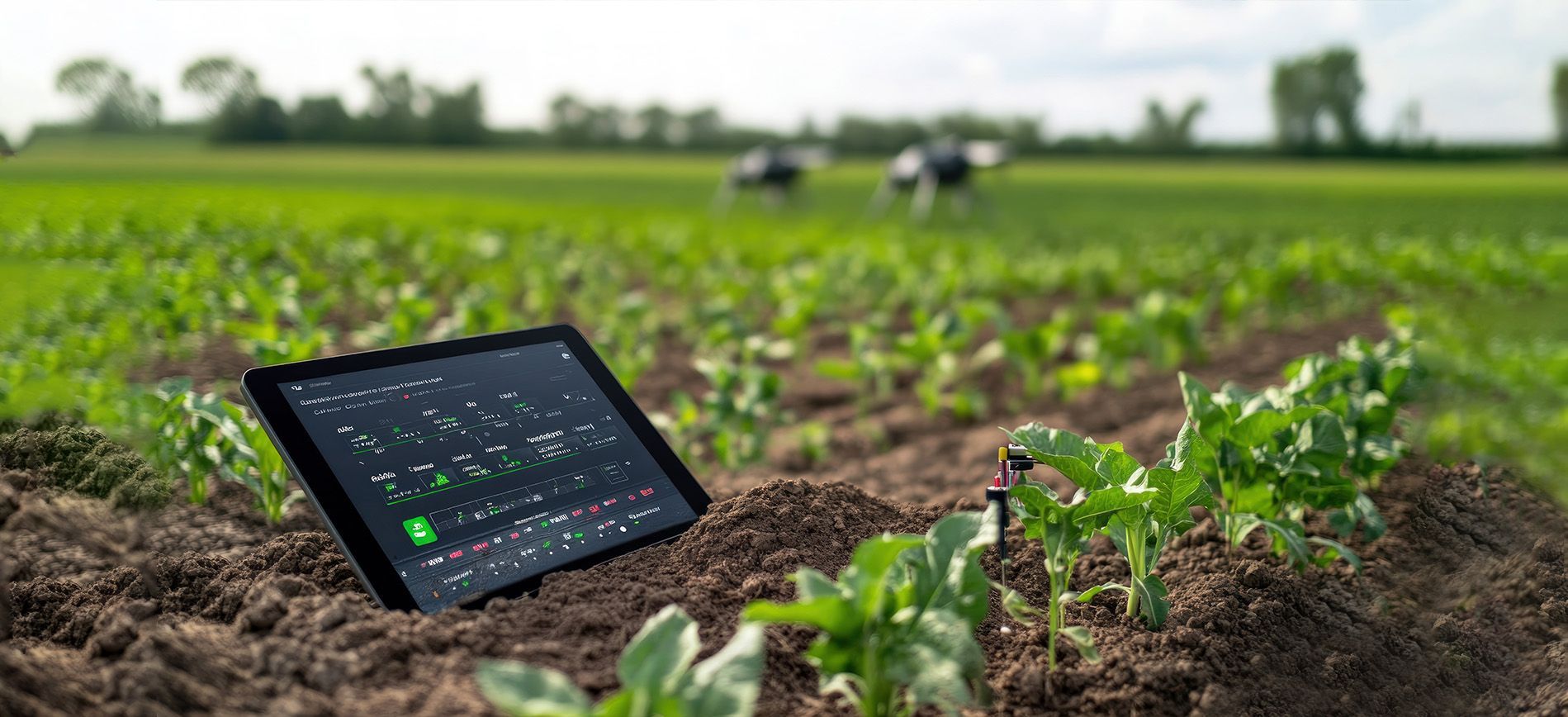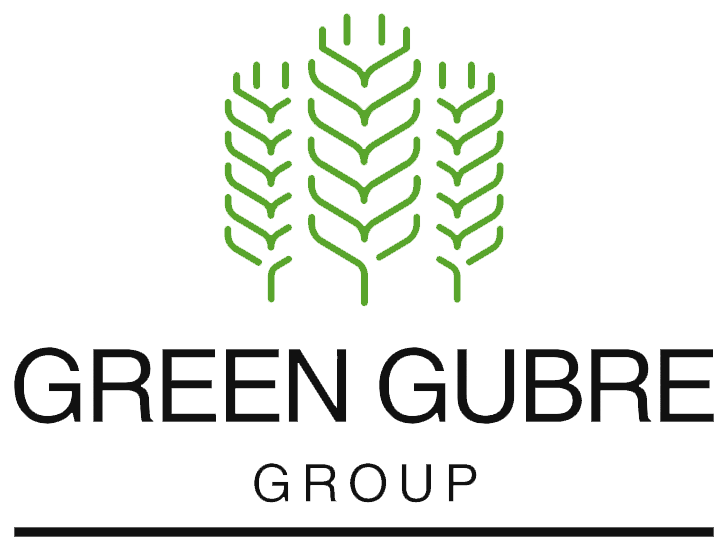CBAM & the Future of Fertilizer Exports: Compliance & Competitive Strategies
CBAM & the Future of Fertilizer Exports:
Compliance & Competitive Strategies

This blog will explore the Carbon Border Adjustment Mechanism (CBAM) and its impact on the fertilizer industry. We will discuss the compliance requirements. CBAM imposes import carbon costs to align them with the EU’s strict emissions standards. Since fertilizers such as urea, ammonia, and ammonium nitrate are energy-intensive, this regulatory force will impact their EU exports.
With the implementation of CBAM regulations on the horizon, fertilizer exporters must urgently adapt their strategies. This blog examines CBAM’s impact on fertilizer trade, the compliance requirements, and methods for exporters to navigate the new regulatory landscape.
Understanding CBAM in Fertilizer Trade
CBAM acts as a carbon tariff, ensuring that imported goods in carbon-intensive industries pay the exact emissions costs as EU-based producers. This is to prevent 'carbon leakage', a situation where production shifts to countries with weaker environmental regulations, thereby negating the environmental benefits of the EU's strict emissions standards.
Key Features of CBAM for Fertilizers
- Applies to carbon-intensive fertilizers such as urea, ammonium nitrate, and ammonia.
- Requires emission reporting & verification from exporters.
- Forces importers to purchase CBAM certificates for declared emissions.
- Phased implementation: 2023-2025 (reporting phase), 2026 (full enforcement with financial obligations).
Challenges for Fertilizer Exporters Under CBAM
CBAM introduces compliance hurdles such as emission reporting and verification, and cost pressures due to the purchase of CBAM certificates for declared emissions. This makes it essential for exporters to reduce emissions and optimize supply chains to remain competitive.
1.Higher Costs for Carbon-Intensive Fertilizers
- Carbon pricing will make fertilizers produced using coal or gas-based ammonia more expensive.
- High carbon intensity increases import costs, affecting pricing in EU markets.
2. Compliance & Reporting Burden
- Exporters must track and report GHG emissions per metric ton of fertilizer.
- Investments in carbon measurement tools & certification processes are needed.
3. Competitive Disadvantage vs. EU Producers
- EU fertilizer manufacturers already operate under low-carbon regulations, giving them a pricing advantage.
- Non-compliant exporters risk losing market share if they cannot match EU sustainability requirements.
4. Market Access Barriers for Developing Countries
- Many fertilizer-exporting nations lack low-carbon infrastructure to meet CBAM criteria.
- Without investment in clean technology, these exporters may face trade restrictions.
Competitive Strategies for CBAM Compliance
Fertilizer exporters must adapt through carbon reduction, certification, and strategic partnerships to maintain market access and competitive pricing. This includes investing in green production, transparent reporting, and market diversification.
1.Shift to Low-Carbon Fertilizer Production
- Invest in green ammonia production using renewable energy instead of fossil fuels.
- Utilize carbon capture & storage (CCS) to offset emissions in production.
2. Implement Transparent Emissions Reporting
- Adopt carbon accounting systems to track fertilizer emissions.
- Work with third-party certifiers to validate carbon intensity compliance.
3. Diversify Export Markets Beyond the EU
- Reduce CBAM exposure by expanding into Africa, Asia, and Latin America, where carbon tariffs are less stringent.
- Seek trade agreements that exempt fertilizers from high-carbon duties.
4. Develop Sustainable & Premium Fertilizer Offerings
- Market bio-based fertilizers and low-carbon nitrogen fertilizers to attract sustainability-conscious buyers.
- Offer CBAM-compliant fertilizers at a premium for European buyers.
5. Engage in Trade & Policy Discussions
- Work with governments and trade bodies to negotiate CBAM-friendly policies.
- Secure carbon credits to offset emissions costs.
Future Outlook: CBAM’s Long-Term Impact on Fertilizer Trade
CBAM sets a precedent for other global economies, meaning:
- Countries like the UK, the US, and Canada may implement similar carbon import taxes.
- Green ammonia & alternative fertilizers will become dominant in low-carbon supply chains.
- High-emission fertilizers will lose competitiveness, reshaping global trade dynamics.
Conclusion
CBAM is a game-changer for fertilizer exports, but it also presents opportunities for producers to adapt, innovate, and decarbonize. By investing in green production, transparent reporting, and market diversification, exporters can turn CBAM compliance into a competitive advantage, leading to a more sustainable and profitable future.
Would you like to explore
CBAM-compliant fertilizer solutions? Contact
Green Gubre Group for insights on sustainable fertilizer trade and how we can help you navigate the changing landscape.
References
European Commission: CBAM Policy Overview
International Fertilizer Association: CBAM Impact on Fertilizer Industry
Carbon Market Watch: Understanding Carbon Border Adjustments
EU Trade Policy Reports: Latest CBAM Developments




